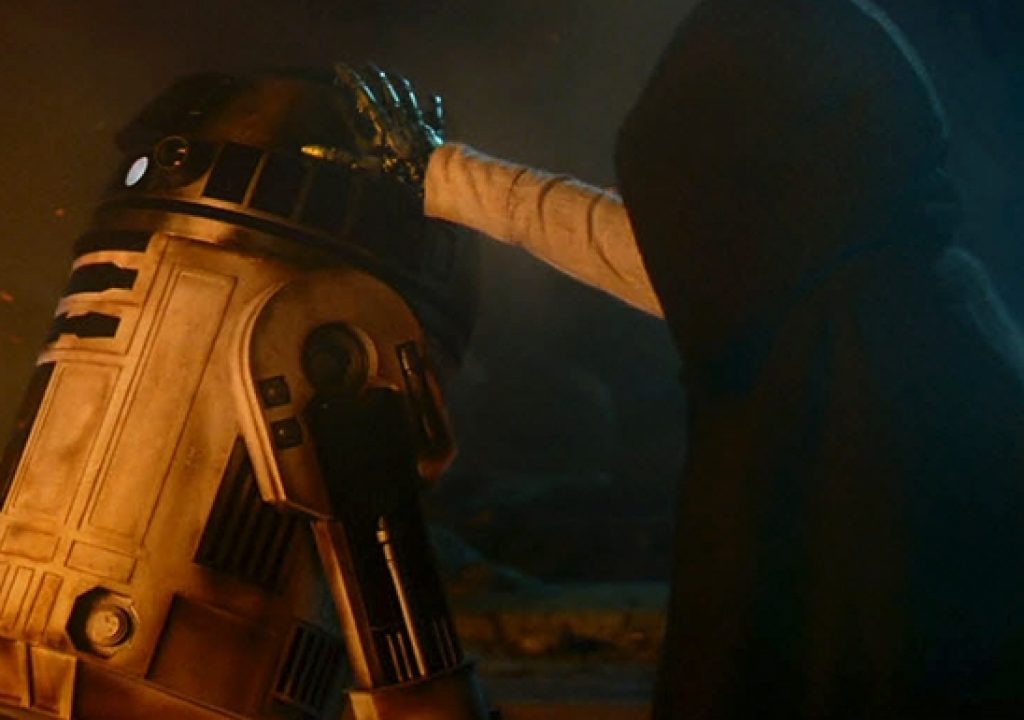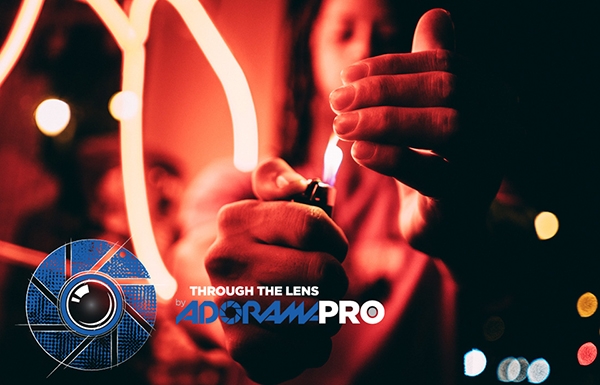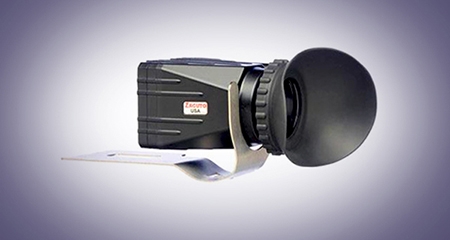Now that “The Force Awakens” the latest entry in George Lucas’ epic series has been released, here is a brief history of the cinematographers behind the “Star Wars” films.
Written by Eric Cohen A long time ago – 1977 to be exact – in a galaxy not too far removed from our own, a film called “Star Wars: A New Hope” premiered at the Grauman’s Chinese Theatre in Hollywood, California. Its initial release lasted only two weeks at that particular cinema. In fact, “Star Wars” debuted in less than forty movie theaters nationwide which would be unheard of today. And yet it became (well, obviously) a huge hit. Even George Lucas underestimated the film’s success having agreed to a 2.5% profit swap over Steven Spielberg’s “Close Encounters of The Third Kind” which was scheduled to be released that same year. It probably goes without saying this is an arrangement Spielberg enjoys to this day. Many film scholars and culture experts have theorized ad infinitum over just what made “Star Wars” such a phenomenon. But the common consensus points to the zeitgeist surrounding the summer of ’77. America was experiencing a post-Watergate, post-Vietnam War hangover. Crime was on the rise. It was also the “Summer of Sam,” where New York City waited in abject fear during the reign of notorious serial killer David Richard Berkowitz. All of these elements may have brought about the need for some purely escapist entertainment. The kind of void a movie like “Star Wars” was primed to fill. Another element might have had something to do with the combined audience of baby boomers raised on comic books and science fiction serials like “Flash Gordon” with the impressionable, not-yet-of-legal-age eagerly anticipating the latest imaginative fix. Thus, a film like “Star Wars” already held a built-in demographic firmly in place. It’s just that nobody guessed how large that audience would turn out to be.

On the set of “Star Wars Episode IV: A New Hope.” Photo credit: Lucasfilm Ltd.
“Star Wars” was truly George Lucas’ baby and he struggled with getting the project greenlit regardless of the success he experienced after directing “American Graffiti.” And yet the technical precedent it set is hard to comprehend within our CGI abundant era. This is true even by Lucas’ standards as the three “prequels” were all shot digitally with a minimum of practical effects. Starting with the approach made by Kubrick’s 1968 masterpiece “2001: A Space Odyssey” and taking it so much further, Lucas and his effects team established groundbreaking techniques such as the use of miniatures and composited matte paintings while inventing new technology like motion control photography. The ethereal look of the film’s cinematography can be attributed to Director of Photography Gilbert Taylor, a UK native and shooter on films like “Dr. Strangelove” and “A Hard Day’s Night.” Apparently, Lucas and Taylor did not get along at all. Since Lucas came from an indie background, he was accustomed to having his hands in every pot including lighting and photography. Whereas Taylor was a seasoned pro and felt he should be trusted well enough to do his job. Regardless of whatever conflict existed then, the final product spoke for itself.

Director Irwin Kirshner on the set of “Star Wars V: The Empire Strikes Back.” Photo credit: Lucasfilm Ltd.
The first two “Star Wars” films (or, rather, episodes IV and V) were shot on the Panavision PSR camera with anamorphic lenses whereas the third (“Return Of The Jedi”) was filmed with the then upgraded Arriflex 35BL-3. Yet all three played host to different directors and cinematographers. Peter Suschitzky (“A History of Violence,” “Cosmopolis”) took over from Gilbert Taylor for “The Empire Strikes Back” whereas Alan Hume (and an uncredited Alec Mills) took over for Episode V. Another sixteen years would go by before George Lucas would return to the universe he created.

Setting the marks for the climatic scene of “Star Wars Episode VI: Return of the Jedi.” Photo credit: Lucasfilm Ltd.
Released in 1999, “Star Wars Episode 1: The Phantom Menace” was the last in the Lucas-run series to be shot on 35mm film. Cinematographer David Tattersall (“Con Air,” “The Green Mile,” “Speed Racer”) used a combo of ARRIFLEX 435 ES, 535 B and Sony HDC-750 cameras. Starting with the next entry “Attack Of The Clones,” Lucas proudly announced it would be the first feature film to be shot entirely with a digital camera. Developed by Sony and Panavision, the CineAlta HDW-F900 also stoked the fires of a debate still raging as I type out this piece. No, I am not speaking of the disappointed fan response to the direction of the prequels. Because, well, they just didn’t live up to either “A New Hope,” “The Empire Strikes Back” or even “Return of the Jedi.” The controversy I refer to focuses on the pros and cons of Digital vs. Analog Film. Today, the differences might be more difficult to point out with the naked eye. But back in 2000 the HDW-F900 was one of the first 4K resolution cine cameras. Since then the CineAlta series has been prominently used as more and more filmmakers embrace the technology.

George Lucas shooting digitally while directing “Star Wars III: Revenge of the Sith.” Photo credit: Lucasfilm Ltd.
Another difference between the first phase of Star Wars films and the last is how both George Lucas and David Tattersall were involved in all three. “Empire” and “Jedi” were directed by Irwin Kirshner and Richard Marquand, respectively. However, Lucas/Tattersall directed/shot “Phantom Menace” all the way through “Revenge of the Sith.” While it was rumored that he secretly controlled Kirshner and Marquand behind the scenes, Lucas seemed more willing to publically place himself front and center with the second trilogy. That is until he sold Lucasfilm to Walt Disney Studios. And all the film rights that went with it. A lot of speculation greeted the announcement of a new “Star Wars,” most notably in how they would be sequels to the original trilogy. This would bring back beloved characters Luke Skywalker, Princess Leia and Han Solo while ushering in a new generation of players in a galaxy far, far away. But Lucas would not be a part of this effort. After the sale of his company, Lucas seemed content to wash his hands of the dramas involving Sith lords and shimmering light sabers. Seasoned genre veteran J.J. Abrams was tapped to direct after experiencing considerable success rebooting another popular science fiction franchise with 2009’s “Star Trek.” This new take on the series would not only mark a return to the old, but “Star Wars: The Force Awakens” would also return to the use of 35mm film.

Framing the shot during set up on “Star Wars: The Force Awakens.” Photo credit: Lucasfilm/Walt Disney Studios
I did some rummaging around the internet and came up with this quote from “The Force Awakens” cinematographer Dan Mindel: “I think the film medium is irreplaceable. The rendition of film is so good and the quality is so high, especially when you use the large format. That is something we won’t be able to do with HD for years. I was watching ‘Vertigo’ (1958) yesterday, which was a VistaVision movie. My god, the quality! You could project that on the wide of the Queen Mary and it’s going to look good.” Filmed on a Panavision Millenium XL2 (with some sequences shot in IMAX), it remains to be seen whether Mindel’s comments still holds true considering the advancement of digital since 2000’s “Attack of the Clones.” But the trailer looks great (yet rife with Abram’s trademarked lens flares) and seems to accurately capture the feel of the original Star Wars films. It also appears to lack that overly digitized, everyone-is-acting-in-front-of-a-green-screen quality of episodes IV, V, and VI. This is not a bad thing. Part of the enjoyment of the original trilogy derived from some of its seemingly immersive aspects. Somehow the use of practical effects and late 70s/early 80s filmmaking techniques resulted in this paradoxical partnership of grounded realism and high concept fantasy. Or maybe this is just the nostalgia kicking in as I am of a generation reared on the images of the Mos Eisley Cantina and Dagobah swamps. And that’s not to say “The Force Awakens” is without the digital tropes we’ve grown accustomed with today. However, there might be a concerted effort to bring back what made “Star Wars” so magical to begin with. And dare I say it’s a “force be with you” to be reckoned with, prompting what will most likely be the next “Star Wars” success story.
“Star Wars: The Force Awakens” is directed by J.J. Abrams with cinematography by Dan Mindel. Produced by Lucasfilm/Walt Disney Studios. Starring Harrison Ford, Carrie Fisher, Mark Hamill, Adam Driver, Daisy Ridley, John Boyega, Oscar Isaac, Lupita Nyong’o, Andy Serkis, Domhnal Gleason, Anthony Daniels, Max Von Sydow, Gwyndoline Christie and Peter Mayhew.
If you would like to read more articles posted to The Adorama Learning Center, please click here.

Filmtools
Filmmakers go-to destination for pre-production, production & post production equipment!
Shop Now













